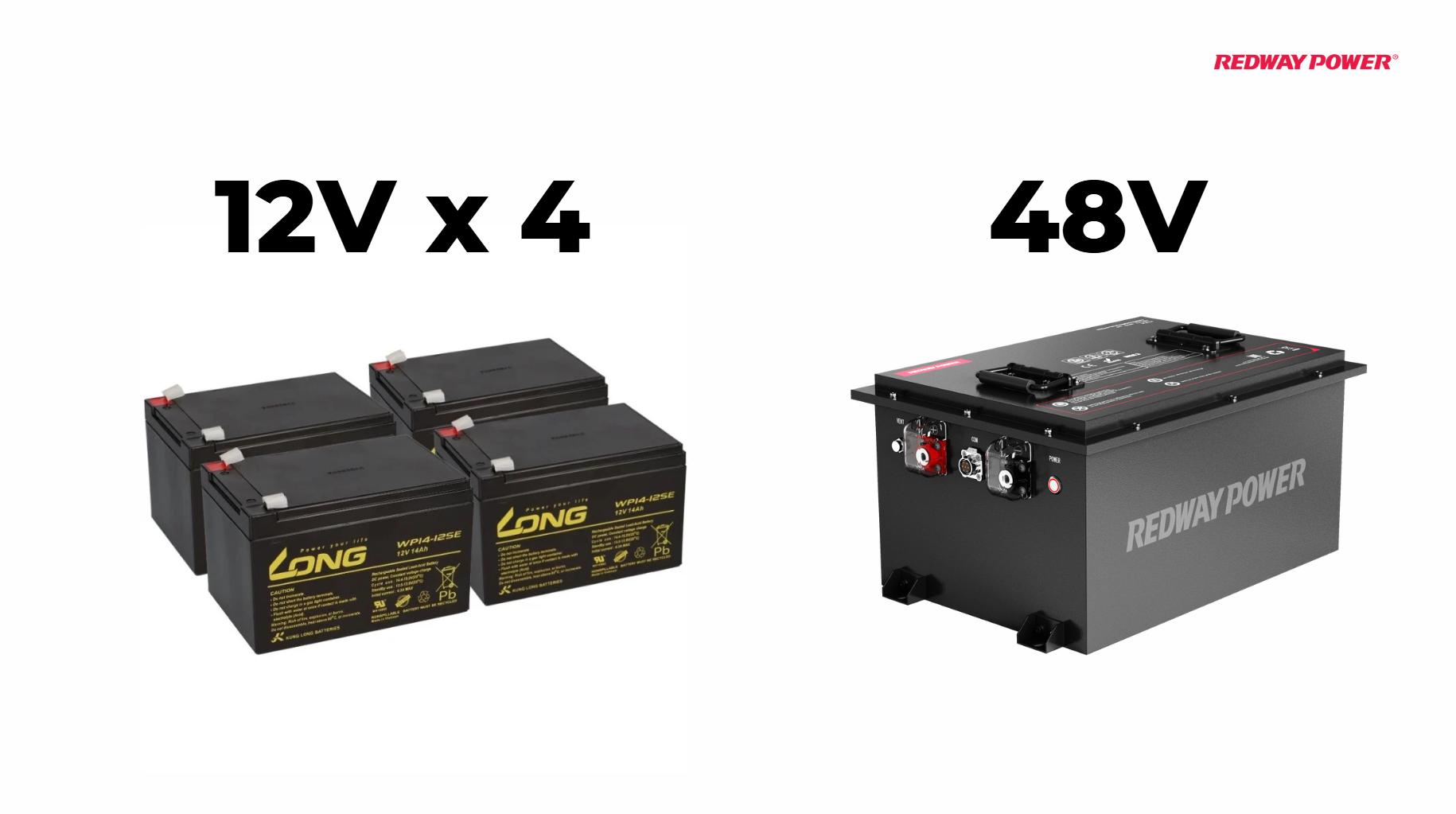High Voltage Work Safety: A Comprehensive Guide to Regulations and Best Practices
Working with high voltage electricity presents significant risks that require strict adherence to safety regulations and best practices. This comprehensive guide aims to provide essential information on how to safely navigate high voltage environments, ensuring both compliance and the protection of personnel.
Understanding High Voltage
High voltage is typically defined as any electrical system operating at voltages exceeding 1000 volts (V) for alternating current (AC) and 1500 V for direct current (DC). The dangers associated with high voltage include severe electric shock, burns, and even fatalities. Therefore, understanding the specific hazards and implementing safety measures is crucial.
Key Risks Associated with High Voltage Work
- Electric Shock: Direct contact with live parts can lead to severe injury or death.
- Arcing: High voltage can cause arcing, which may result in burns or fire hazards.
- Equipment Failure: Improper handling can lead to equipment malfunctions, posing further risks.
Safety Regulations
Adhering to established safety regulations is essential for minimizing risks. Various organizations, such as OSHA (Occupational Safety and Health Administration) and the National Fire Protection Association (NFPA), provide guidelines that must be followed:
1. Personal Protective Equipment (PPE)
Using appropriate PPE is non-negotiable. Essential gear includes:
- Insulated gloves rated for high voltage.
- Arc-rated clothing to protect against potential electrical burns.
- Safety glasses or face shields to guard against flying debris.
2. Lockout/Tagout Procedures
Before performing any maintenance work on high voltage equipment, ensure that proper lockout/tagout procedures are followed. This involves:
- Shutting down equipment.
- Locking it in a de-energized state.
- Tagging it to prevent accidental re-energization.
3. Training and Competency
Only qualified personnel should work on high voltage systems. Regular training sessions should cover:
- Identification of hazards.
- Safe work practices.
- Emergency response procedures.
Best Practices for High Voltage Work
Implementing best practices can significantly reduce the risk of accidents. Here are essential strategies:
1. Conduct Risk Assessments
Before starting any work, conduct a thorough risk assessment to identify potential hazards associated with the task at hand. This should include:
- Evaluating the condition of equipment.
- Identifying nearby energized circuits.
- Assessing environmental conditions.
2. Maintain Safe Distances
Establish and maintain safe distances from energized equipment as specified by regulatory standards. This distance varies based on the voltage level:
| Voltage Level | Minimum Safe Distance |
|---|---|
| Up to 50 V | 3 feet |
| 50 V – 1000 V | 10 feet |
| Above 1000 V | 15 feet |
3. Use Proper Tools and Equipment
Ensure that all tools and equipment used in high voltage environments are rated for the specific voltages involved. Regularly inspect tools for wear or damage before use.
4. Emergency Preparedness
Have emergency response plans in place, including:
- Easily accessible emergency shut-off switches.
- First aid kits stocked with supplies for electrical injuries.
- Training in CPR and AED use for all personnel working in high voltage areas.
Latest News
Recent developments in high voltage safety highlight ongoing improvements in technology and regulations:
- As of October 2024, new OSHA guidelines emphasize stricter training requirements for workers handling high voltage equipment.
- Advances in smart technology are enabling real-time monitoring of electrical systems, reducing risks associated with human error.
- Increased emphasis on mental health awareness among workers is being recognized as a factor in maintaining a safe working environment.
Redway Expert Comment
In our experience at Redway Power, ensuring safety when working with high voltage systems is paramount. The combination of rigorous training, adherence to regulations, and proper use of PPE cannot be overstated. We advocate for a proactive approach—regular inspections, continuous education, and fostering a culture of safety—are essential steps toward minimizing risks associated with high voltage work.”


